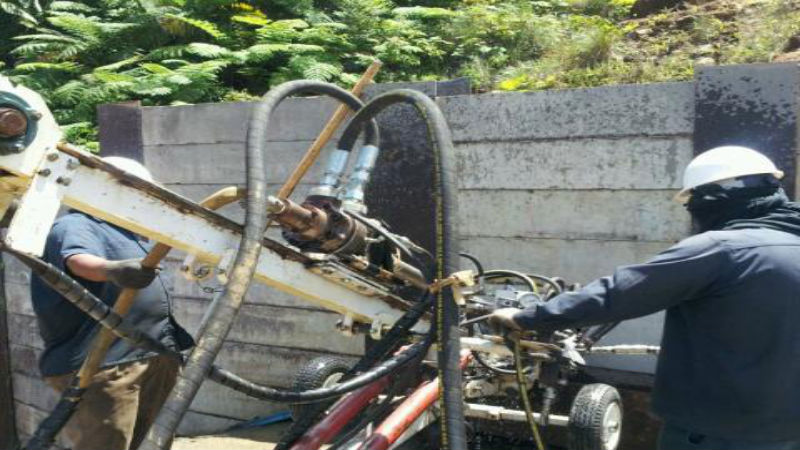Hydraulic cylinders are a very efficient way to move massive amounts of weight without using more than a couple workers. The construction of each cylinder is unique in that it has an efficient power to weight ratio and can be used in machines such as cranes, excavators and compression cutters with little to no effort required from the operator. Many cylinders can be made to telescope up to six extensions depending on their use, and most are partially powered by gravity as opposed to double pressure points for extension and retraction. Telescopic cylinders are an excellent choice when space is limited, and a series of cylinders won’t work, but large spans are needed.
Understanding the limits and uses of telescoping cylinders
For applications where large reaches need to be made, you have two choices. You can either employ the use of multiple welded hydraulic cylinders in a sort of relay system such as those used on some cranes, or you can consider telescoping cylinders that have a sheath or sleeve assembly that can expand up to 6 times. The benefit to the telescoping option is that you can use this unit in a much smaller workspace than a relay of multiple units, which makes it convenient on machinery like forklifts and tractors, or as use for a drawbridge type application for gangways on oil rigs and large ships.
Offshore and Underwater hydraulic uses
One of the benefits of using hydraulic systems is they can work quite well in an underwater setting without causing any electrical hazards to their workers. When salvaging debris from sunken vessels, constructing dams or oil platforms, or doing any environmental exploration hydraulic tools are commonly used to get the job done quicker and without risk to the workers. Cleaning tools and grinding machines can be used underwater to remove corals, barnacles and corrosion from buoys, offshore platforms and barges. Guillotine and pressure cutters are a benefit to replacing corroded pipes on oil rigs or when deconstructing sunken ships or aircraft for salvage. Realizing your unique needs for a hydraulic tool or machine is very important before selecting the off-the-shelf replacement part or having a custom piece manufactured for your needs. Be aware of the payload or psi needed for your job, as well as the necessary measurements of the bore, shaft and stroke. These can range from less than 2 inches for smaller and more delicate applications.






